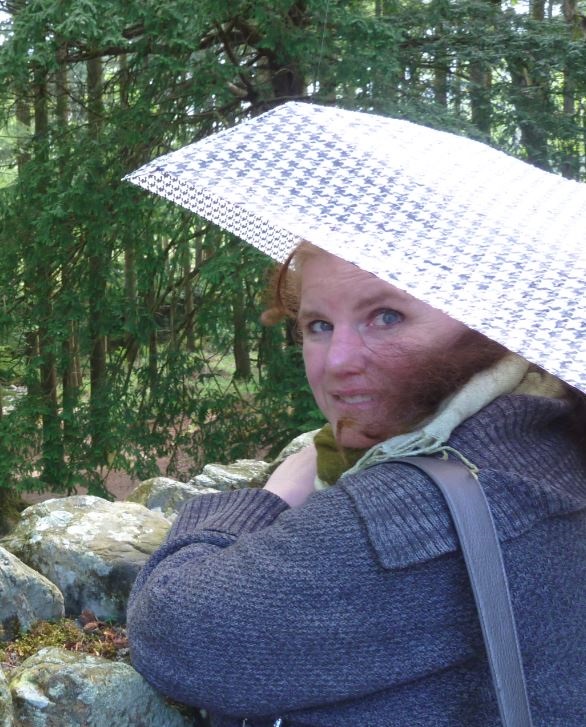story – but the remainder of it was as bland and flavorless as the automatons who populate the virtual worlds. It should have been thrilling. It wasn’t. And although I eventually figured out what was going on, the scientific explanations made no sense to me.
This was written in 1995, and is the youngest story I have read so far. It took forever to get through the back half of this book, and I skimmed a lot of it. There were paragraphs of passive sentences.
At least I can say I’ve finished the first twenty books of my “100 Great Science Fiction Books” reading list.
A lesson – just because you can mention every permutation (ha) of what can happen in a story, doesn’t mean your story should just be a list of everything that could possibly happen in a speculative setting.
For instance, this book suggested computer-generated weather control of hurricanes – an Einsteinic coincidence in this week of Hurricane Katrina – but it never became part of the story.
Science is cool, but it’s cooler if it directly relates to your story. It’s also cool if your characters are actually
interesting. Yes, science is the backbone of science fiction. But in a Story, if you can see the backbone, what you have is a compound fracture.

 RSS Feed
RSS Feed